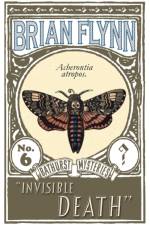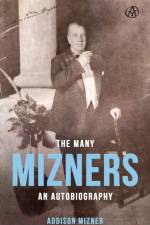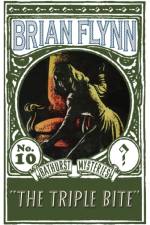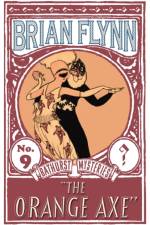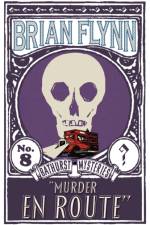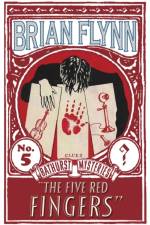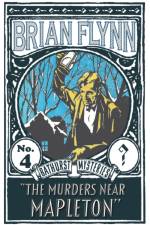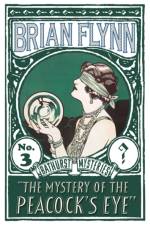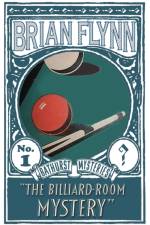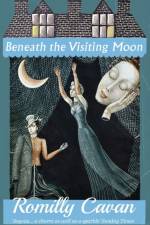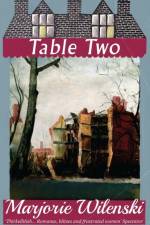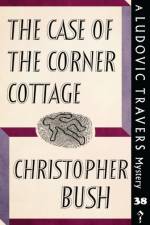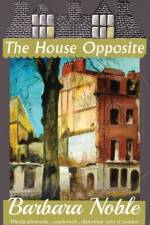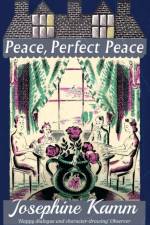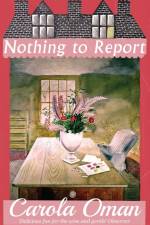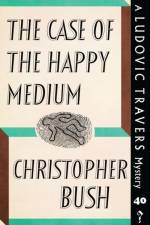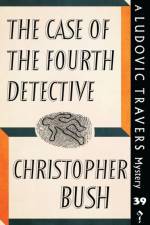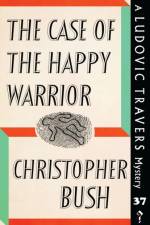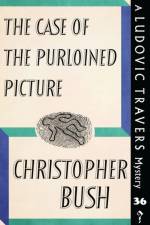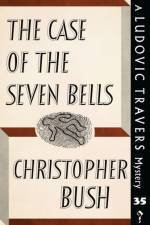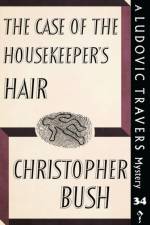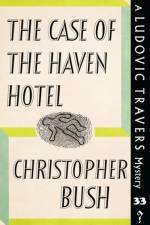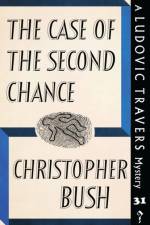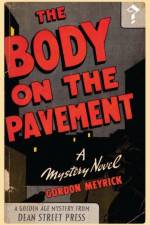av Romilly Cavan
178
Tom came running up, pulling at his socks, so that there seemed something hiccuping, drunken, in his progress.';We have been cleaning up,' he said cheerfully.Mrs. Oxford winced. These poor children in their menial rolesAnd here came Sarah, with a smut on her cheek.Left in genteel poverty by the death of their father, the Fontayne siblingsSarah, Philly, Christopher, and Tomare shaken when their mother, loving but dizzy, takes a liking to Julian, a widowed neighbour with two children of his own. Sarah becomes infatuated with a thirty-something diplomat. Philly endures being painted by a dull local artist. Julian's daughter Bronwen, a child prodigy who has already published a book, deals with the pressures of a literary life. And, in the end, a valiant attempt is made to revive the decaying, long-neglected ballroom of the family home for Sarah's 18th birthday party. All against a backdrop of the ominous approach of World War II.Evoking Diana Tutton's Guard Your Daughters and Dodie Smith's I Capture the Castle, Beneath the Visiting Moon is both a glittering, funny tale of romance and family life and a brilliant, haunting story of youthful hopes and heartbreaks in a world on the brink of devastating change.';First-rate comedy. What a delightful little world it is that Miss Cavan has created and how truly representative of the time' New York Times

